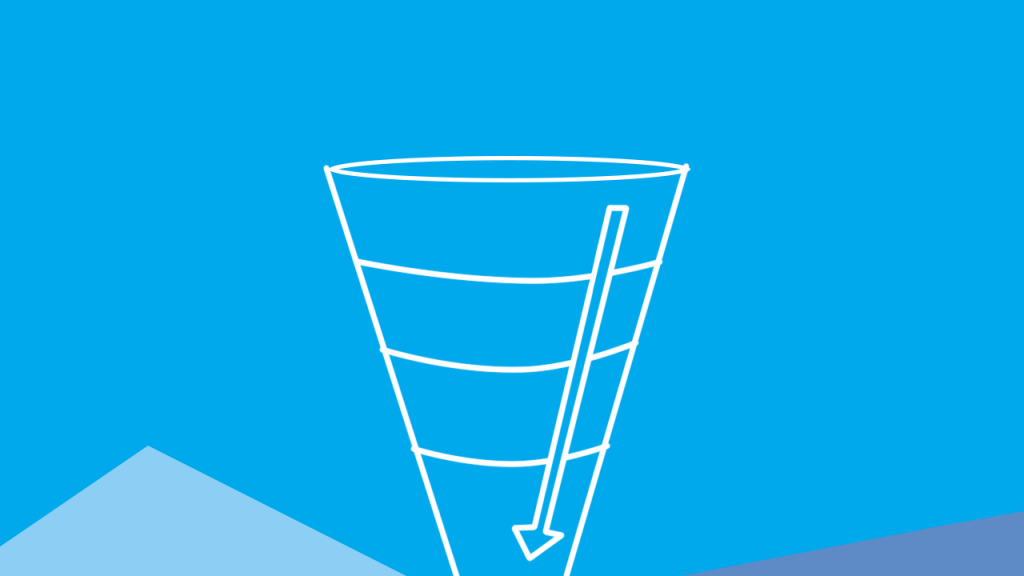The humble form is at the heart of any digital lead generation campaign. To turn your lovely website visitors into leads, you need to obtain their contact information, usually their email address but sometimes also their phone number. Marketers have come to realize that unique visitors and pageviews aren’t enough to quantify the impact of their campaigns. If you’re currently working in the industry, you know that executives want to see conversions in your monthly, quarterly and annual reports.
The Inbound Buyer’s Journey is a Series of Conversions
Nowadays, prospects don’t undergo a single conversion during their buying journey, but rather a series of conversions along the way. So, what is a conversion?
1. Unknown Visitors Are Converted Into Identified Leads
First, to enter your database, they need to be converted from an unknown visitor into an identified lead. This can happen in a number of ways: subscribing to your monthly newsletter, downloading a content asset or filling in any other lead capture form.
2. Identified Leads Are Nurtured and Accrue Micro-Conversions
Cold and warm prospects will usually enter a nurturing phase where they “snack” on the content available on your website, educating themselves how your product/service could address their needs and pain points. Depending on how long their consideration phase is, this process could go on from days to months. In the B2B world, it’s not unheard of for qualified prospects to fill in a sales-ready form or call you only after years of lurking on your website, consuming content. To keep your sales pipeline full, you’ll want to make sure there are always plenty of people in the nurturing stage of your marketing funnel, reading your e-blasts, drip campaigns and downloading your content.
It’s increasingly common to report each time a lead downloads an incremental piece of content, or partakes in a webinar, as a micro-conversion. Through the use of tracking cookies, marketing automation platforms (MAPs) like Mautic give you insight into an individual lead’s actions on your website, both before and after they give you their email address. Initially, their pageviews will show up in your Mautic reports as IP addresses, then once they enter your database as a lead, they’ll be identified by their email address.
By contrast, analytics platforms such as Google Analytics anonymize your visitors’ data and purposely avoid tying individual page, email and PDF views back to an individual user, providing you statistics only in aggregate. It doesn’t hurt to install the free version of Google Analytics alongside the Mautic tracking pixel on your website, and in fact you should. Most funnel marketers use Analytics for broad, engagement metrics such as total sessions, pageviews and time on page, while sticking to their MAP as the single source of truth for conversion data.
3. Nurtured Leads Become Sales Ready Leads, Who Are Qualified As Marketing Qualified Leads
Once your leads are warmed up with nurturing content, some of them will eventually turn into sales-ready leads by filling in a contact form on your website, or scheduling a call with a sales representative. Some organizations have a further qualifying process, before sales-ready leads are actually handed over to sales as a Marketing Qualified Lead (MQL). A lead development representative, who is part of the marketing department, might assess budget, authority, need and timing (BANT) through an initial call before deeming the prospect a MQL.
Other companies have decided to pass inbound leads directly to their sales team as MQLs, leaving them with the responsibility to do initial qualification. This is especially common in smaller organizations, where the marketing and sales teams may just be a few people or less. How high you set the bar for a MQL depends on your thirst for lead volume versus lead quality.
Mautic has a built-in CRM, or can integrate with your external CRM, including Salesforce, HubSpot, Zoho and SugarCRM to facilitate this process. After certain sales-ready forms are filled out, you can set up Mautic actions to send a custom email to an internal user and/or push that contact to an integration. It gets even smarter. These actions can also be triggered by other events, such as the user reaching a certain lead score threshold after interacting with X pieces of content, or clicking on a certain link in a marketing email.
4. The Grand Prize, the Macro-Conversion (Cha-Ching!)
Why do we do marketing? For more revenue, and profitable business of course. If your company is in e-commerce or any other line of business where orders are automatically fulfilled, you might skip past the MQL and handover process to sales. In these cases, a macro-conversion is easily defined, a purchase or account signup.
On the other hand for a B2B business, humans touch every part of the sales process. We won’t go into the details of a MQL becoming a sales accepted lead (SAL), opportunity and eventually a closed deal here, but the macro-conversion is probably when the opportunity becomes won in your CRM. Also known as, when the ink dries on the contract and the customer has put down his deposit.
We hope this article better explains the conversions that occur as prospects advance through a typical marketing funnel. This is always a contentious topic because each organization defines its conversion points differently. Despite this, as a demand generation or revenue marketer, you have the power to influence the conversation. Certainly, the most important thing is deciding which conversions are significant by reaching a consensus between your executives, marketing and sales teams. Before you revamp your campaigns, it’s best to be crystal-clear what are the metrics you will be held to account on so there are no hard feelings later.
Featured Image Credit: Joe the Goat Farmer


1 Comment.
Nice post. Digital marketing funnel is well explained.